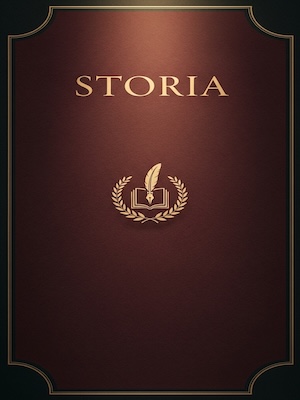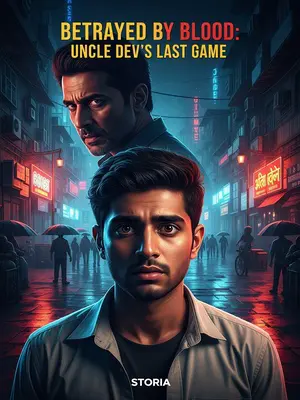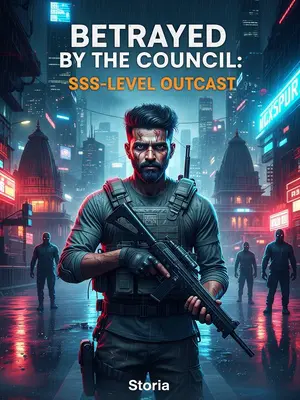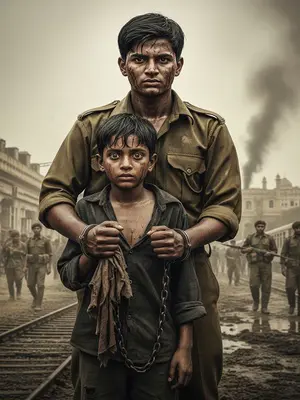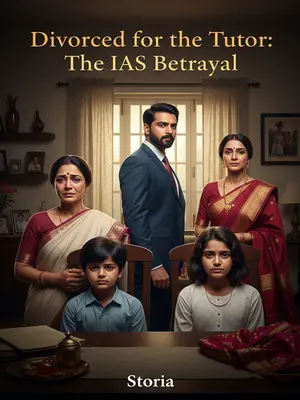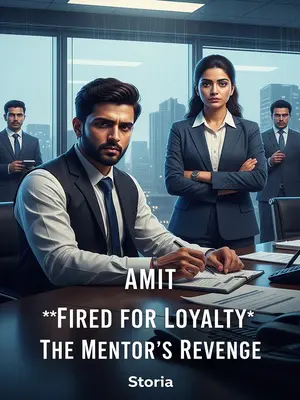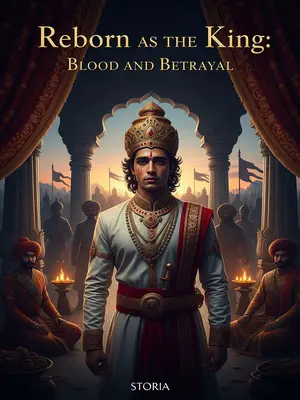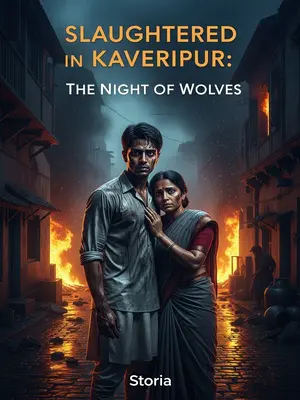Chapter 4: Brothers in Arms
Another point worth noting: the regular troops led by Arjun Singh were completely different in combat effectiveness from the original peasant soldiers of Kaveripur. It was because Arjun Singh went to Kaveripur that the base survived multiple enemy attacks.
Villagers still tell stories—when the enemy came, it was Arjun’s men who stood firm. Their discipline inspired the peasants to fight bravely. The peasant soldiers, once quick to run, learned to stand their ground beside the regulars.
Tanveer, who took part in the Autumn Harvest Protest, later wrote that if Arjun Singh hadn’t come to Kaveripur, relying on protest forces alone, the base would have been lost.
"Woh Arjun nahi aata toh, sab kuch khatam ho jata." This isn’t just strategy—it’s proof of leadership, of what happens when one person refuses to give up.
Arjun Singh, in the darkest times, kept the flame of revolution alive. That’s why Commander Arjun is called the father of the INA.
Every year on Independence Day, garlands are laid at his memorial, and schoolchildren recite his story with shining eyes. He’s not just a hero, but the embodiment of what it means to be Indian—resilient, compassionate, unyielding in the face of despair.
In April 1938, Arjun Singh led his last troops to Kaveripur, joined Netaji, and—on Congress’s instructions—formed the Fourth Battalion of the INA.
The formation was marked by a small, emotional ceremony. No fanfare—just a few garlands, a conch shell blown by the priest, and Netaji’s booming voice declaring a new beginning. For those present, dusty and exhausted, it felt like a rebirth.
Once the armies joined at Kaveripur, everyone celebrated. But soon, problems arose.
For a few days, the camp echoed with laughter—old friends reunited, new alliances formed. But under the surface, old rivalries simmered. There were arguments over rations, sleeping quarters, even drill routines. It was clear that unity would have to be built, not assumed.
The Fourth INA Battalion had three main groups:
Each group had its own traditions, songs, and way of doing things. The peasant soldiers liked to eat sitting on the floor, the regulars insisted on standing at attention. Even morning roll call became a negotiation, each side trying to prove their way was best.
First: Netaji’s Autumn Harvest Protest troops—mostly peasants—became the 31st Regiment, with others forming the 29th and 30th Regiments (later disbanded).
These men were hardened by years in the fields—calloused hands, earthy humour. Raw courage, but a tendency to act first and think later. Many had never held a rifle before joining.
Second: Arjun Singh and Amit’s Lucknow Uprising troops—regular soldiers—became the 28th Regiment.
The 28th Regiment was the picture of discipline—shining boots, crisp salutes. They looked down at first on the peasants, grumbling about order. Over time, respect grew, as each learned from the other.
Third: The original Kaveripur team, led by Devendra Singh and Raghav Rao, became the 32nd Regiment.
The Kaveripur team knew every shortcut through the jungle, every stream and hidden village. They bridged the gap—resourceful, fiercely loyal, the glue that held the army together.
As you can see, the battalion was extremely diverse. In combat effectiveness and mentality, the groups were worlds apart. Contradictions were inevitable.
Soon, petty squabbles broke out—over food, drills, who stood where. Officers despaired, wondering if this fragile unity would break at the first real test. But Netaji, ever the visionary, saw strength in this diversity.
In terms of combat effectiveness, the 28th Regiment was naturally the strongest. This was the core of Captain Yusuf’s Independent Regiment—a regular army, rigorously trained. Their skills were leagues ahead of the peasant regiments, who’d never seen formal training.
During drills, it was always the 28th that set the bar. Their discipline inspired awe—and sometimes envy. "Woh log toh angrezi tarah chalte hain," some muttered. But over time, their example pulled everyone up, proving discipline and courage could go hand in hand.
But as the regiments lined up for battle, one question lingered—could unity forged in hardship withstand the fire of war?
